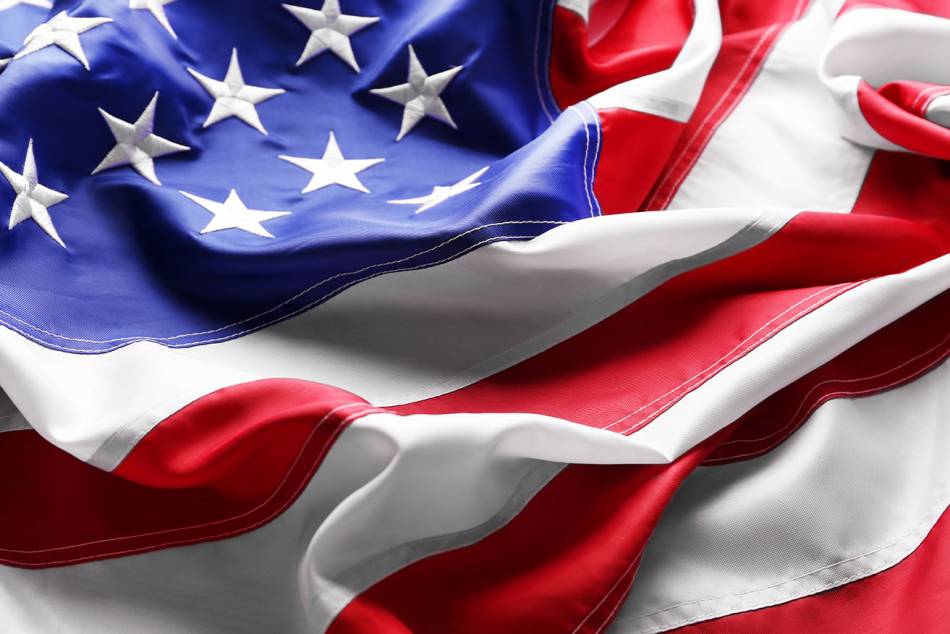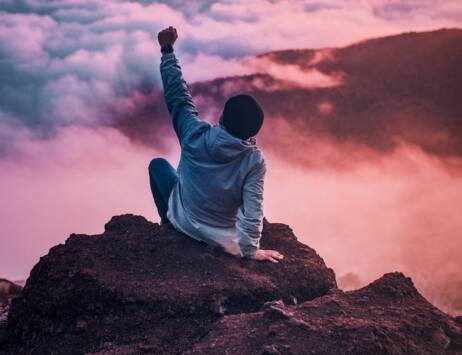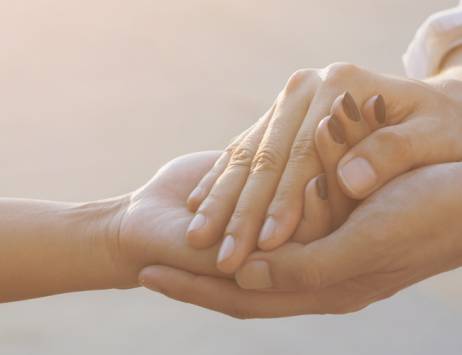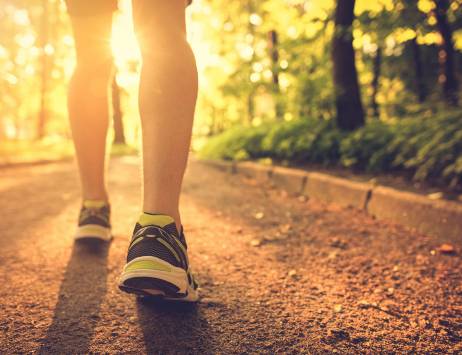At a time when the country was mourning the murder of President John F. Kennedy, weeping for the brave men lost in the unpopular war in Vietnam, and struggling with the wounds of racism, Claudia Alta Taylor “Lady Bird” Johnson used her influence as First Lady to give America comfort. She looked at the country the way a mother looks at her family; she started ministering to that family in a way women often start—cleaning house. Washington, D.C., had become shabby; its large public parks were unkempt, its small neighborhood parks were a shame, and vacant lots and deserted areas invited crime.
Lady Bird marshaled a team of the wealthy and influential, including the architect who was already involved in work on Pennsylvania Avenue, as well as Walter Washington, who eventually became the first mayor of Washington, D.C., and the first African-American mayor of a major American city.
She didn’t originate the project, but she was in a position to push it through. In two years, the team landscaped eighty parks, nine schools, and eight playgrounds; they planted thousands of flowers, trees, and shrubs. She encouraged everyone across the country to become involved in similar projects. A truth most knew was proven once again: when people work hard toward a goal, they feel a sense of ownership and become protective. Suffering neighborhoods were proud of their parks.
She tackled the need for legislation to beautify America’s highways. Anyone who drives across the nation now and sees the native wildflowers springing up on the sides of the freeway—from Texas bluebonnets to Kansas sunflowers—can remember Lady Bird. She helped Americans rise up out of their grief and see the beauty and fullness with which the Lord has blessed our land. America the Beautiful





